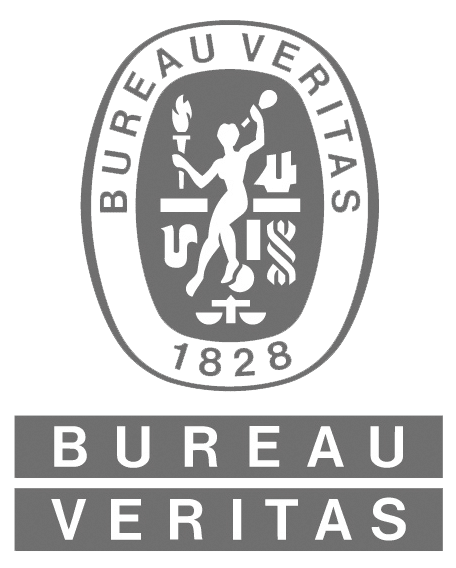Maintenance
group or sequence of gears which perform a desired mechanical transfer of power. Selected gear train types are:
| Scheduled maintenance | Performed to reduce the possibility of or prevent the occurrence of a life-limited failure. See preventive maintenance. |
| Unscheduled maintenance | Performed to reduce the possibility of or prevent the occurrence of a condition failure, or to return a system to serviceability following a condition failure. See corrective maintenance. |
| Repair | Work required to restore a system or part to a condition substantially equivalent to its originally intended design capacity, efficiency, or capability. It includes the replacement of systems and parts made necessary by incipient or actual failure. |
| Reliability | Measure of the ability of a component or system to function successfully when required for the period required in the specific environment, without unscheduled outages, expressed as a probability. Reliability is a continuous, multivariate function; unless all variables are known and/or have fixed end points (such as material strength vs load/speed, etc.) then reliability cannot be determined based on the range of a single variable. |
| Operability | Application-specific critical system term with same general meaning as reliability, generally expressed in ‘go / no-go’ terms. |
| Availability | Machine is either operating or in ready-to-operate standby mode. Affected by scheduled and unscheduled maintenance. |
| Utilization | Actual time that machine is operating. Affected by standby downtime, scheduled and unscheduled maintenance |
| Maintainability | The probability of preserving a part or system in, or repairing it to, a reliable operable status in a specified period of time under stated conditions using prescribed procedures and / or resources. A system is maintainable if repair time is less than or equal to allowed downtime. |
| Corrective maintenance | Maintenance initiated only when a failure occurs or performance becomes unsatisfactory in service (also termed reactive maint, see repair). |
| Preventive maintenance | The planned, scheduled, periodic maintenance initiated to forestall or prevent failures or loss of performance in service. This type of maintenance includes user and vendor requirements and recommendations for inspection, adjustment, cleaning, parts replacement, lubrication, and minor repair and is usually time interval-based. |
| Predictive maintenance | Testing / inspection procedures performed to identify needs for component lubrication, adjustment, repair or replacement. This technology generates information that is applied to preventive or proactive maintenance goals by assessing performance as it relates to the above factors. Also termed condition monitoring, predictive maintenance is a primary maintenance process which analyzes data on individual items in service and whole populations of systems in order to indicate whether some allocation of technical resources is required. |
| Proactive maintenance | Changes in design / servicing / operations / maintenance initiated to reduce the total amount of maintenance required and permanently improve reliability and performance through systematically determining and eliminating the root causes of failures. |
| Reliability-centered maintenance (RCM) | Utilizes data gathered from operational performance (including failures) and predictive, preventive, and proactive maintenance technologies in an integrated manner to increase the confidence that a system or component will operate reliably over an extended life cycle. RCM supports ISO 9000 goals by aiding in the reduction of process variations and the number of shutdown and startup process interruptions. |
